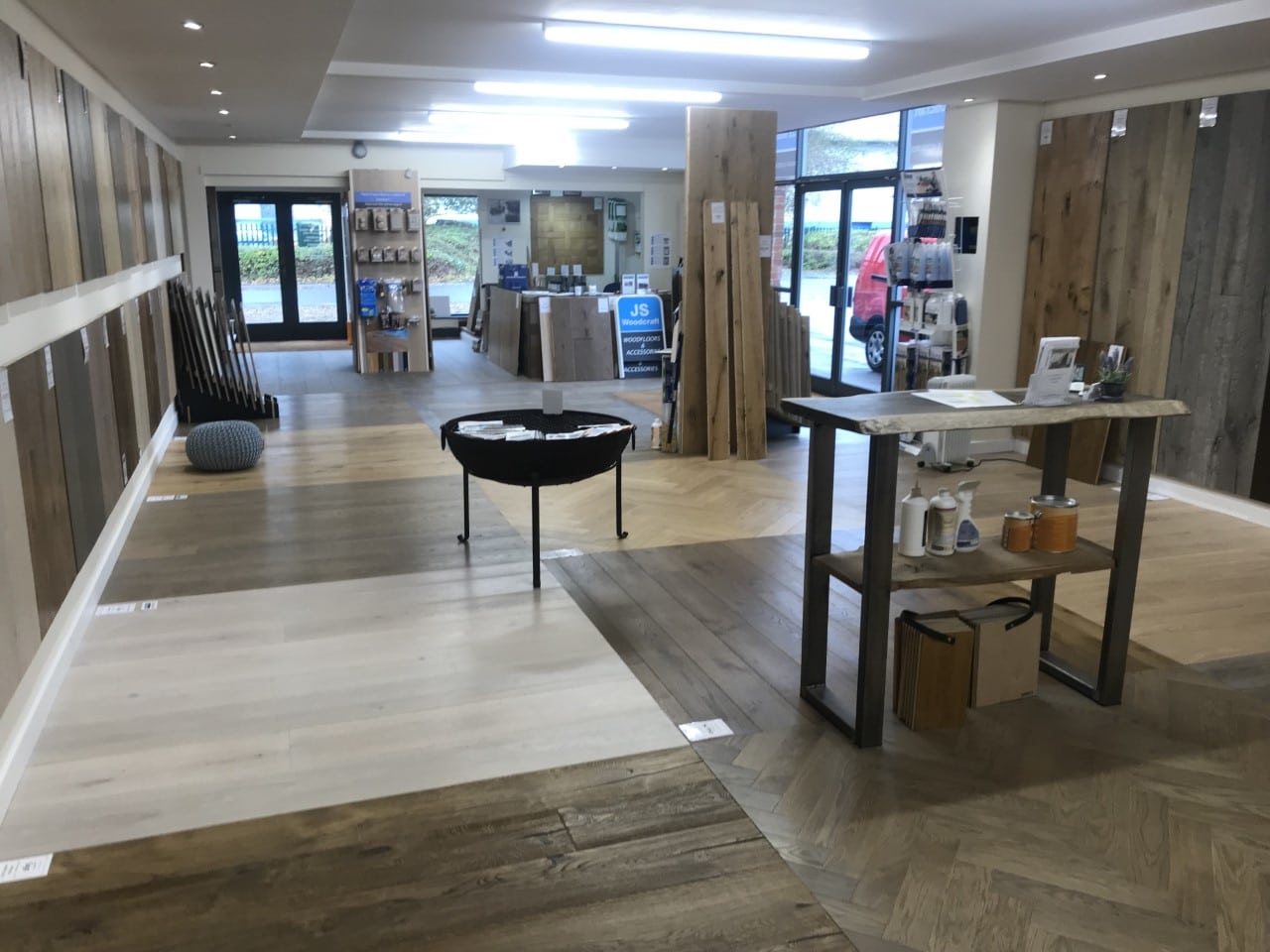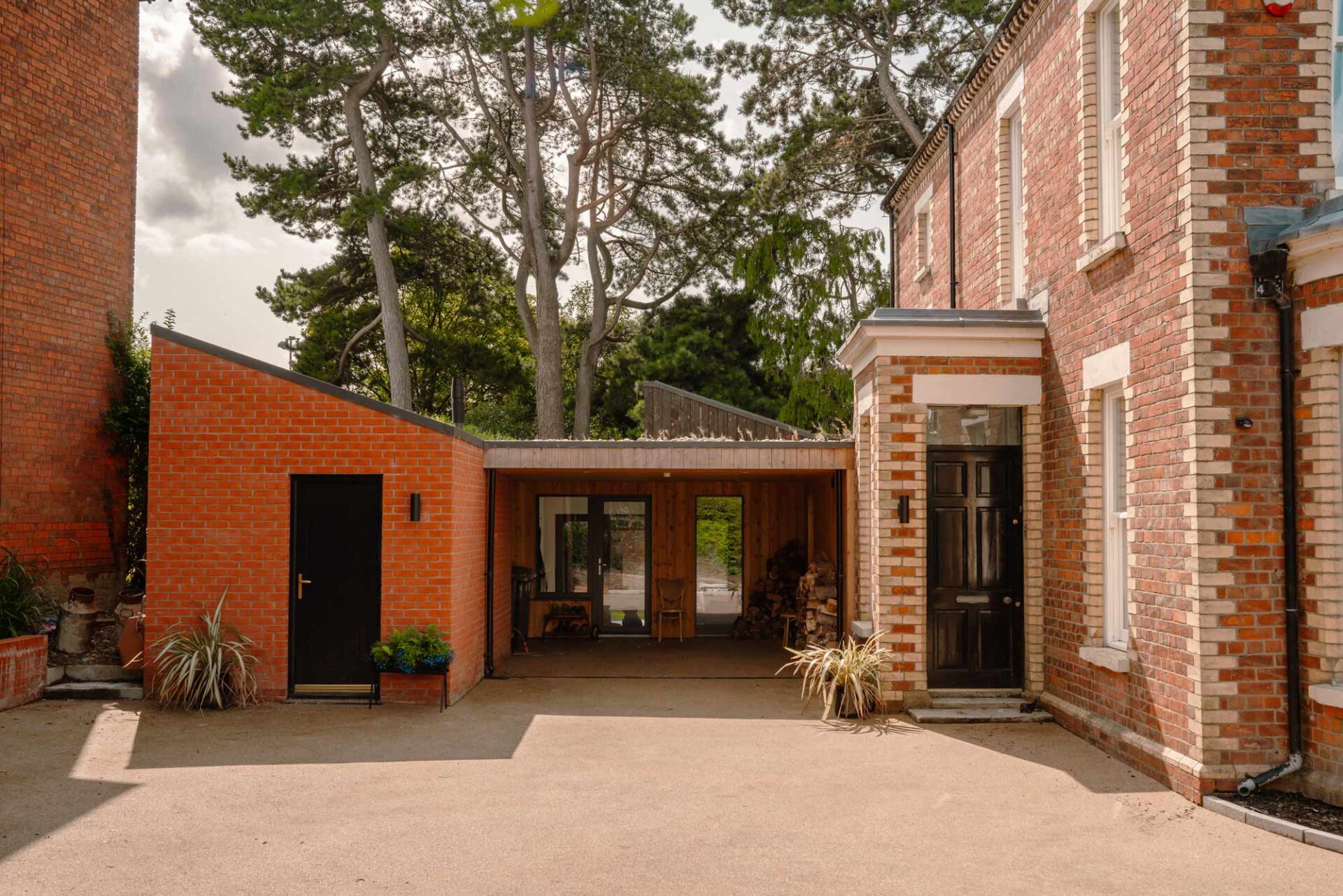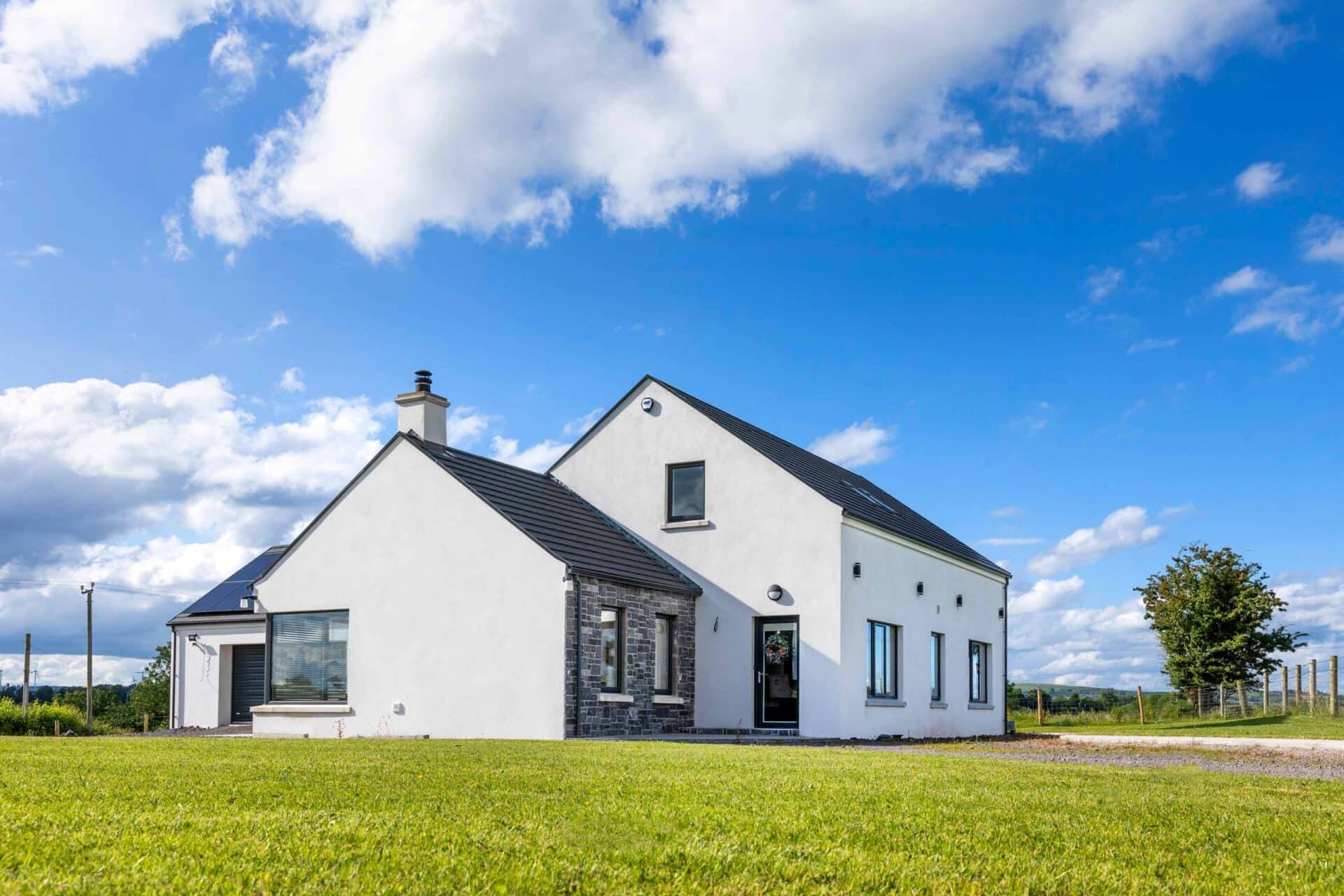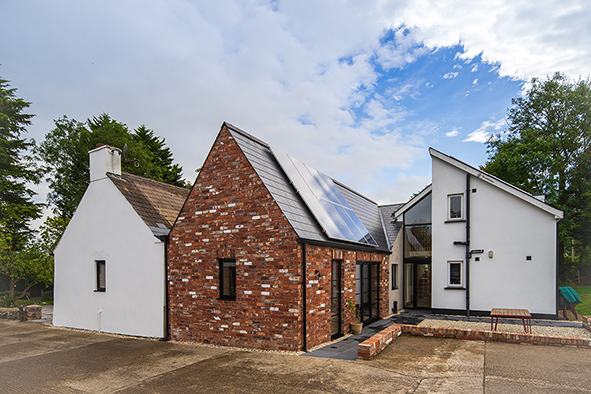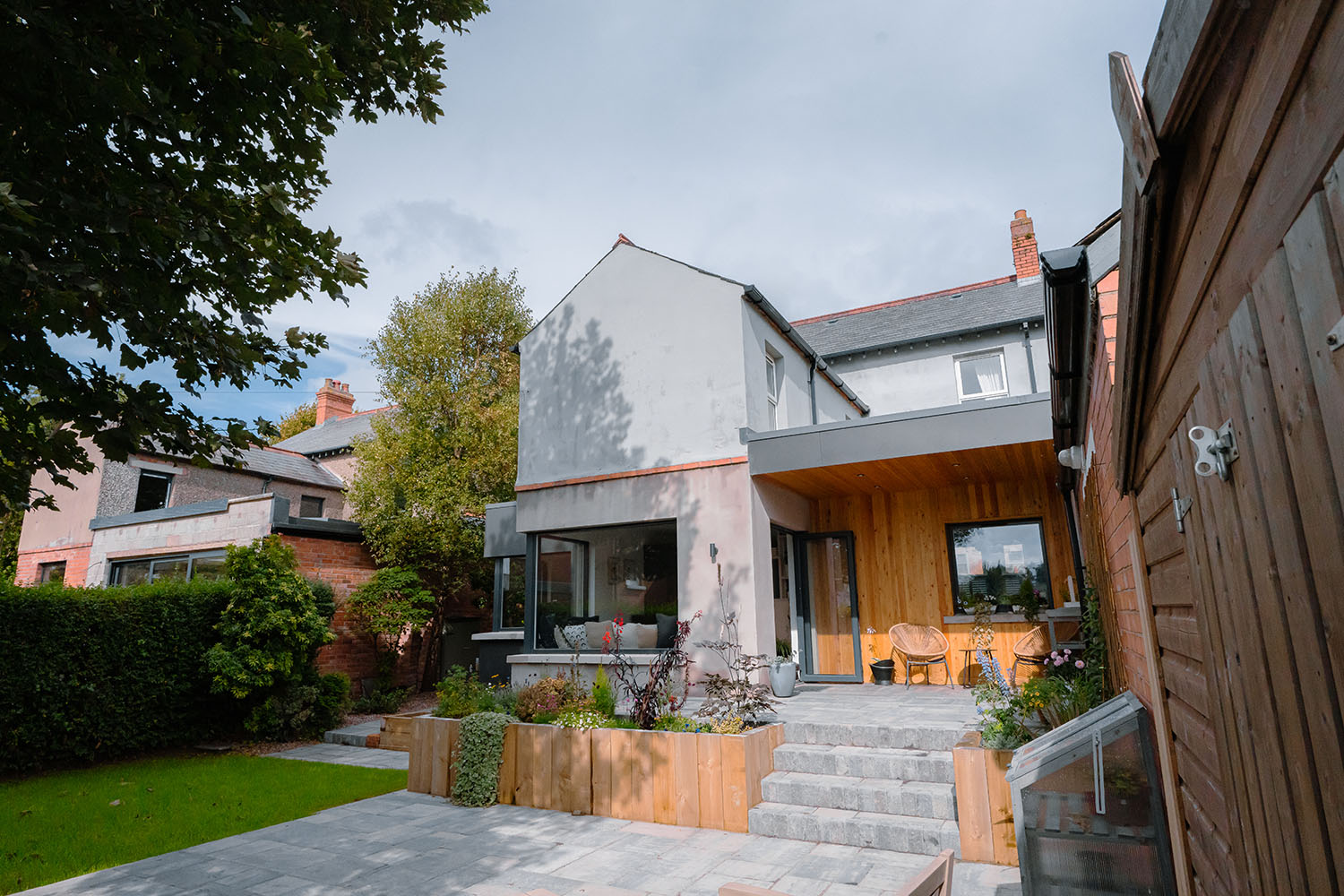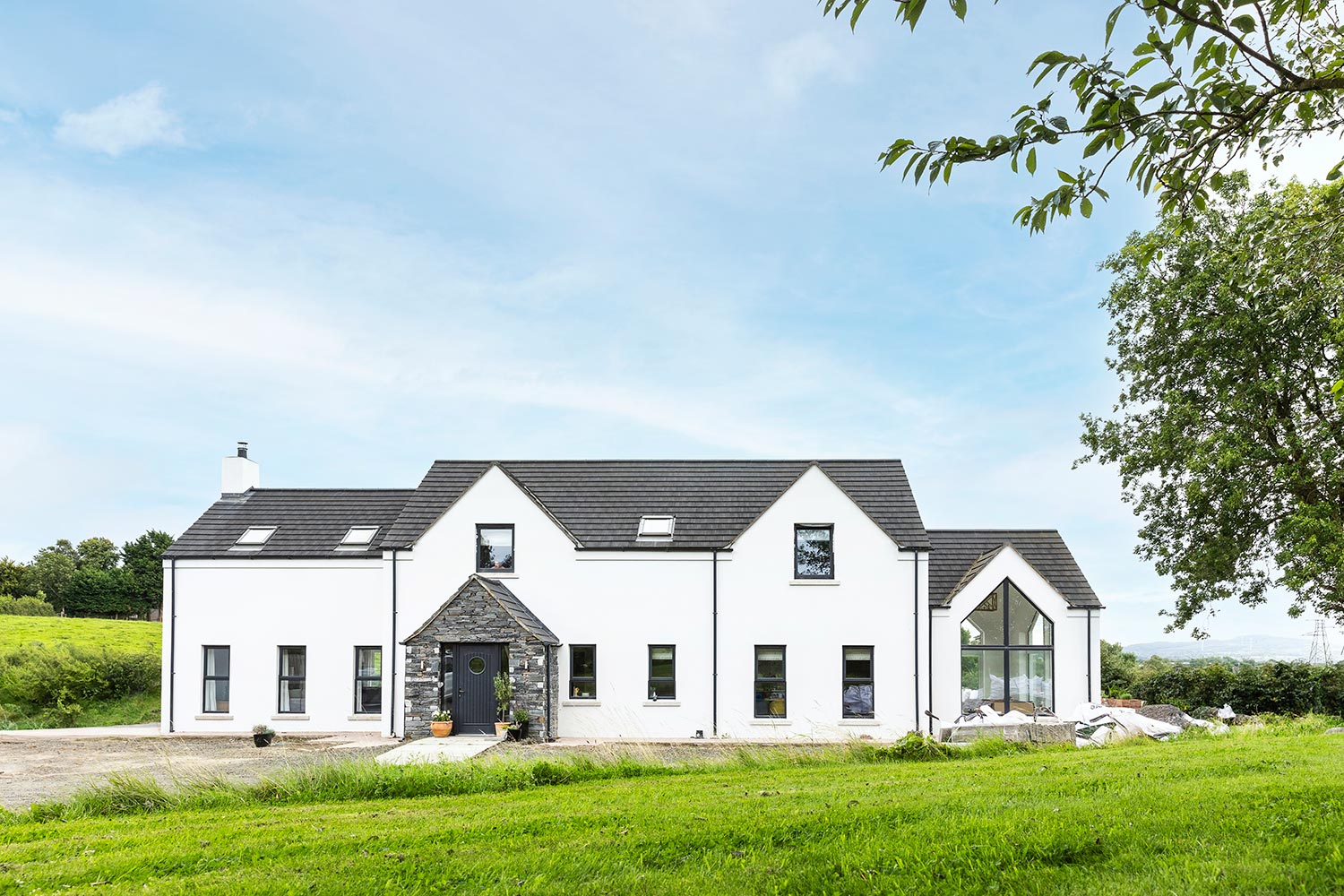Cost
For FSC certified solid wood flooring you’re looking at prices of about €65/£70 per m2; salvaged wood will be cheaper, but prices vary widely depending on what’s available. Cork will cost about £27/€30 per m2 to upwards of €90 per m2. The cheaper solid woods, including bamboo, can be sourced for about €30/£25 per m2, while upscale hardwoods can easily cost upwards of €200/£180 per m2. The practice of tinting, smoking and generally altering the look of hardwood can increase the price but it can also mean that cheaper wood is used as a base, which is not necessarily a bad thing but it’s always good to know what you’re buying as it should be reflected in the price.
Comparing like with like, the engineered and laminate alternatives are cheaper than solid wood, which is in part what makes them attractive. Engineered wood is more commonly bought in packs, not by the square metre, and due to a rise in popularity many of them now include ‘nobler’ solid wood, such as oak, in their ‘sandwich’. Prices from about €30/£25 to €50/£45 per m2. Laminate is even cheaper, with prices starting at about €10/£8 per m2 but you can easily pay double that for darker tones; they too are bought in packs.
Remember to always ask for the manufacturer’s sustainability credentials! According to the World Wildlife Fund, Ireland is the worst offender in Europe when it comes to buying illegally logged tropical timber – it’s your responsibility to check where the wood has come from.
Tiles
Types
Most of us probably choose tiles for the look rather than pure function and there’s never been a greater variety on the market. You can now buy leather tiles for walls, textured tiles made from crushed nutshells and floor tiles that use recycled glass in place of aggregate. The more traditional ceramic tile is available in all colours and designs and there’s a growing demand for the natural look of slate, marble and stone large format tiles. The latest ranges from manufacturers include tinted glass and metal tiles that can be used as a focal point.
Still the most popular choice of all tiles, glazed ones offer easy maintenance and durability for wall and floor, although they are prone to hairline cracks if hard objects are dropped, e.g. in a kitchen. It’s important to check the slip resistance for floor use. Unglazed ceramic tiles are more suited to walls in domestic situations but can be used in, for example, a utility room. Again, check the wear and stain resistance of the tile before ordering.
Porcelain tiles are available for either wall or floor but the majority are floor tiles. They can replicate a natural stone or marble, with a riven surface, but are more affordable and easier to lay. Porcelain tiles often have an anti-slip surface and sometimes they are glazed. These tiles need a special adhesive.
For the traditional farmhouse look, it’s hard to beat the quarry tile. They are made from natural clay and some are frost resistant for use externally. The natural clay surface gives good slip resistance and they are extremely hard wearing and almost maintenance free.
Terracotta tiles are also made from clay but they vary in water absorbency. Colours can range from white to rich dark rust. Most terracotta tiles need sealing during and after laying. Ongoing resealing is also needed to avoid stains penetrating the surface. Terracotta isn’t suitable for outdoor use.
Mosaics can make a stunning shower room surface and also work well as a contrast to large format tiles around a mirror or as a splashback. Practically, they are also useful for walls that have lots of electric sockets or changes in height. Mosaics can be made from glass, pebbles, metal and natural stone as well as traditional glazed tile. These tiles are usually sold in sheets with a backing paper that regulates the spacing and makes fixing relatively quick.
Natural stone, including limestone, marble, granite and slate, have grown dramatically in popularity. The natural colour variation creates an individual look that gives the ‘wow’ factor. Most can be used in wet areas as long as they are properly sealed. These products vary enormously in durability – some are extremely hard and others quite soft. As you’d expect from a natural product, there will also be a variation in size and thickness.
Quality, standards and certification schemes
Tiles are usually categorised by their water absorption levels and by their method of production. Tiles in categories A1 or B1 are the least absorbent, and A111 or B111 are the most. However, not all tiles are made to a standard, so check with your supplier if the tiles you are interested in have been made to a European or International standard. Some tiles, such as glass, have no standard to work to – rely on your retailer for advice.
For high wear areas on the ground floor, check the scratch hardness and abrasion resistance. If people are likely to be walking straight onto a tiled floor from the outside, then tiles of a high grade of abrasion resistance will be necessary. Some tiles also give superior slip resistance; you can feel this just by touching them but to be safe you should ask for the slip rating from the manufacturer. The Tile Association recommends that all tile fixing work is carried out in accordance with the British Standard code of practice for wall and floor tiling, BS5385. Check that your installer is following this. In terms of VOCs you’ll mostly need to be concerned with the type of sealants used to secure the tiles to the floor.
Practicalities
Tiles form a tough, long lasting covering to a wall or floor that will withstand moisture, provided the correct adhesives are used. Once laid, a tiled floor can cope with foot traffic for a lifetime and will stand up to most knocks and drops. Ceramic and other ‘hard’ tiles are also non-flammable, making them ideal for use around fireplaces and over cooking areas. Ceramic tiles are also surprisingly comfortable under foot. A tile will retain heat from an underfloor heating system, acting like a mini storage heater. Thicker versions also have some soundproofing benefits. In the summer, tiled areas will remain cooler than soft coverings.

